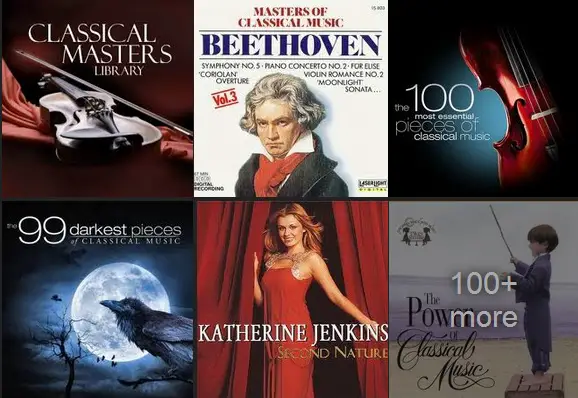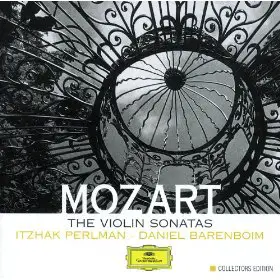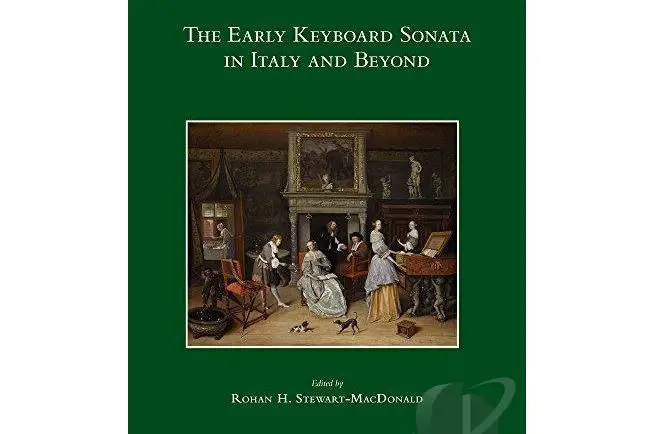
Best Sonatas (Violin, Piano) that you should listen to, either as a music enthusiast or a performer.
What is a Sonata?
Sonata used to mean any piece of music that was played (as opposed to a cantata, a piece that was sung).Over the years, the term evolved and became quite important during the era of Classical music.
Sonata is a music composition for one or more solo instruments (but no vocals). It consists of three or four contrasting movements that usually change musical keys.
Sonata can be for piano alone (piano sonata) or for any other instrument with or without piano accompaniment (violin sonata, cello sonata, etc.)
The Sonata form is one of the most commonly used forms in classical music.
If you’ve ever performed music written by either Hyden, Mozart or Beethoven, then you’ve probably encountered a work in Sonata form.
The first movements of symphonies and concertos, as well as chamber and solo instrumental works by these composers are organized into Sonata form
Read: What is Symphony in Classical Music
Read: What is Concerto in Classical Music
Structure of Sonata Form
The Sonata form contains two harmonically enclosed halves: the exposition is the first half and the development and recapitulation are the second half.
In terms of thematic development, the Sonata form is divided into three main sections: exposition, development, and recapitulation.
The main section is called the exposition. It often has two themes:
- The primary theme is the tonic (meaning the key of the piece).
- The second theme is often in Dominant (meaning the fifth tone or degree of a diatonic scale)
If a piece is in c-major the primary theme is in C major and the second theme is in G major. In a minor piece, the second theme is usually in a relative major or the third scale degree. For example, if the piece is in C minor, the primary theme would be in C minor and the second theme would be in E flat major
The development is the most unstable section as anything can happen here harmonically (rules of basic music theory can be broken).
The recapitulation section is the homecoming section. In this section the first and second theme are both in the tonic, to close the entire Sonata form in the exact same tonic key in which it began, called a double return Recapitulation.
Checkout Haydn’s keyboard sonata in G major (Hob. XVI:27). It contains all three major sections of the Sonata form and provides an excellent major mode example of the Sonata.
Next time, when you go to a concert that includes a movement or a piece in Sonata form, try and hear the themes, the different sections, and hear what the composer is trying to communicate
The sonata, as generally accepted today, is a a piece of played music that usually follows the pattern of four movements: Allegro – a lively open piece. Andante, or Largo – a slower movement. Minuet, or Scherzo – a light, dance type movement. Finale – Rondo, or some other lively piece, sometimes a repeat of the Allegro.
Note that the Baroque use of the Sonata was bit different to that in the Classical and Romantic periods.
Popular Sonatas
Piano Sonatas
Checkout these popular sonata music compositions by great composers.
Here’s Beethoven’s Moonlight Sonata, one of the more famous pieces in classical music.
- Beethoven: Complete Piano Sonatas
- Beethoven: Complete Sonatas for Piano & Cello
- Beethoven Complete Piano Sonatas, Collector’s Edition
- Emil Gilels: Beethoven Sonatas
- Mozart Piano Sonatas
- Haydn: Piano Sonatas
- Schubert: Piano Sonatas/Impromptus [9 CD Box Set]
- Schubert: Piano Sonatas
- Mozart: The Violin Sonatas
- Beethoven: The Violin Sonatas
- Bach: Complete Sonatas and Partitas for Solo Violin
- Bach: Sonatas & Partitas 1
- Brahms: The Cello Sonatas
Best Violin Sonatas
 In a violin sonata, the violin is almost always accompanied by the piano (or any other keyboard instrument); during the Baroque period it used to be accompanied by the figured bass.
In a violin sonata, the violin is almost always accompanied by the piano (or any other keyboard instrument); during the Baroque period it used to be accompanied by the figured bass.
Mozart: Sonatas For Piano & Violin
 This 4 CD box set showcases the brilliance of Mozart’s music. It includes 16 Sonatas for Violin and Piano rendered by Renaud Capucon and Kit Armstrong. Mozart’s firm grip over both the instruments is evident from these compositions. If you’re a fan of Mozart, this will be a great addition to your Mozart collection.
This 4 CD box set showcases the brilliance of Mozart’s music. It includes 16 Sonatas for Violin and Piano rendered by Renaud Capucon and Kit Armstrong. Mozart’s firm grip over both the instruments is evident from these compositions. If you’re a fan of Mozart, this will be a great addition to your Mozart collection.
The Complete Duo Recordings
The best of Beethoven’s violin/piano sonatas, the box set is a great deal (almost the same price as buying them separately).
Artistes: Argerich = grand concept of the piece, dazzling technique. Maisky = Exquisite, sensitive and excellent interpretation. Kremer = Technique, nice interpretation, insight into the most common phrases.
Classical Music Sonatas

- Mozart: The Violin Sonatas
- Schubert: Piano Works: Sonatas / Moments Musicaux / Impromptus / ‘Wanderer’ Fantasia
- Bach: Sonatas & Partitas
- Brahms: The Cello Sonatas
- Mozart: Piano Sonatas
- Beethoven Complete Piano Sonatas Concertos Box Set
Early Keyboard Sonata in Italy and Beyond (Studies on Italian Music History)
 The Early Keyboard Sonata in Italy and Beyond (by Rohan H Stewart-MacDonald) focuses on the birth of the keyboard sonata in Italy and its subsequent efflorescence.
The Early Keyboard Sonata in Italy and Beyond (by Rohan H Stewart-MacDonald) focuses on the birth of the keyboard sonata in Italy and its subsequent efflorescence.
Spanning the mid-seventeenth and late eighteenth centuries the book proceeds outwards from the contributions of Italians Lodovico Giustini (Pistoia), Francesco Geminiani (Lucca, Naples, London), Baldassare Galuppi (Venice), Giovanni Battista Sammartini (Milan) and Domenico Scarlatti, with new insights on the sonata outputs of Germans George Frideric Handel, Johann Ulrich Haffner and Johann Christian Bach.
Central themes include the initial coalescence of the keyboard sonata as a genre and the problems of reconciling diversified usages of the term ‘sonata’; the keyboard sonata’s dissemination through contemporary published sources; the ambiguous distinction, in this period, between composition and arrangement; and the relative status of the keyboard sonata and neighbouring genres.
One of the book’s overriding aims is to support and build on recent attempts to counteract the traditional view of an eighteenth century subdivided between ‘Baroque’ and ‘Classical’ eras.
KeytarHQ editorial team includes musicians who write and review products for pianists, keyboardists, guitarists & other musicians. KeytarHQ is the best online resource for information on keyboards, pianos, synths, keytars, guitars and music gear for musicians of all abilities, ages and interests.



Leave a Reply